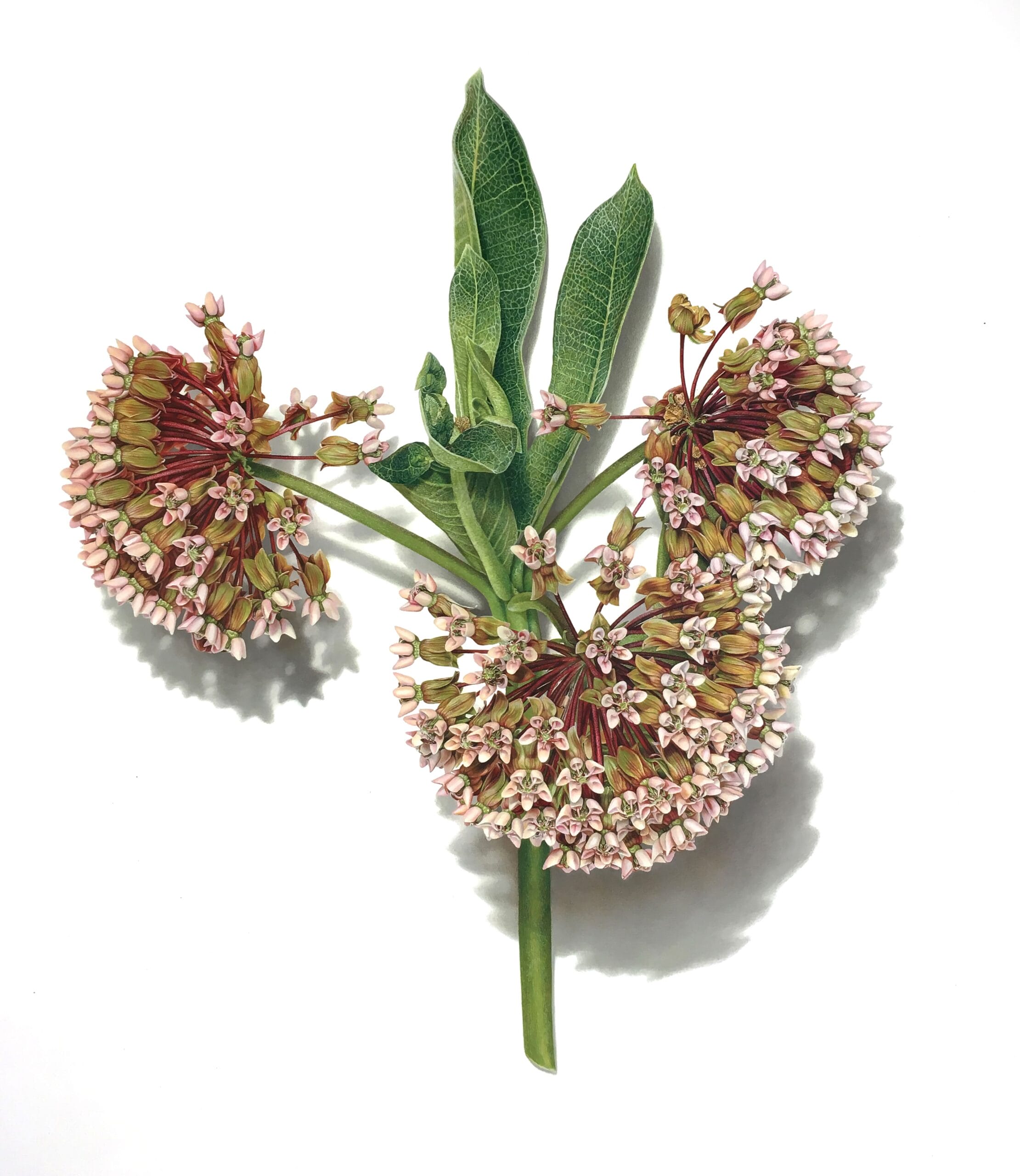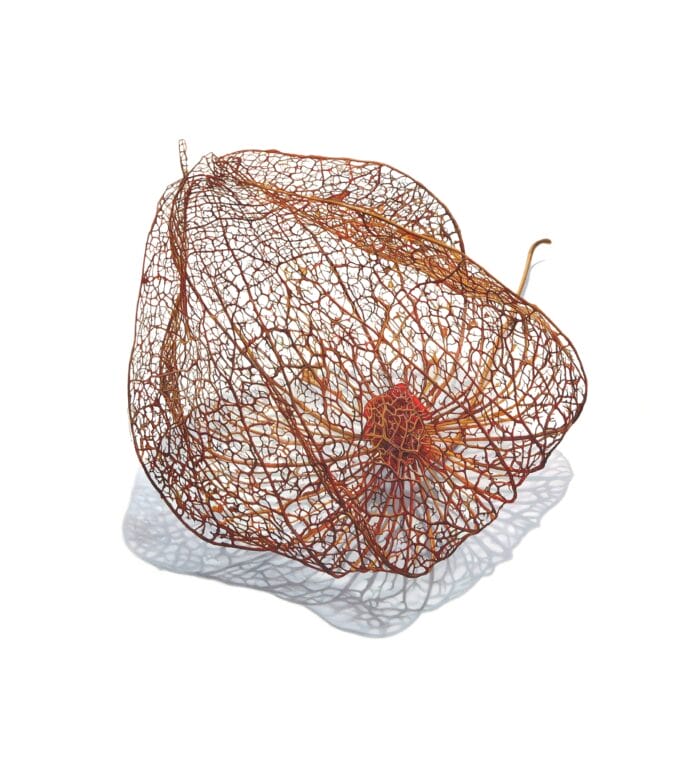David Morrison stands as a celebrated figure in contemporary botanical art, recognized for his extraordinary ability to elevate the humble elements of nature into profound visual experiences. An Emeritus Professor of Art at the Herron School of Art, Indiana University – Purdue University Indianapolis (IUPUI), Morrison has dedicated decades to both creating and teaching art at the highest levels. His reputation as an educator and artist is reinforced by a prolific exhibition history and numerous prestigious accolades.
Throughout his career, Morrison has participated in over 250 national and international exhibitions, receiving more than 60 awards that attest to the resonance of his work within the art community. His impact has been especially strong in New York City, where he held four solo shows in 2013, 2015, 2018, and most recently, 2021. These exhibitions positioned him as a vital voice in the intersection between botanical realism and fine art drawing.
Morrison is a valued member of FACET (Faculty Colloquium on Excellence in Teaching) at Indiana University, underscoring his commitment to excellence in education. His contributions to both art and academia have earned him significant recognition, including two Master Fellowships from the Indiana Commission for the Arts in 1992 and 1995, and Arts Midwest Fellowship in 1994. Additionally, he was awarded the Lilly Creative Renewal Fellowship in both 2002 and 2012, further supporting his artistic exploration and innovation.
His work is part of numerous public and private collections, a testament to its widespread appeal and significance. In addition to his artistic practice, Morrison has actively shared his expertise through guest lectures and visiting artist roles at various universities. His workshops—held at notable institutions such as the New York Botanical Garden, Phipps Conservatory and Botanical Gardens, and Denver Botanic Garden—have helped bridge the gap between botanical science and artistic expression. In 2025, he is scheduled to conduct a workshop at the Massachusetts Horticultural Society, continuing this important engagement.
David Morrison earned his Master of Fine Arts from the University of Wisconsin–Madison in 1985, after completing his Bachelor of Fine Arts at the University of South Dakota in 1981. His educational path laid a strong foundation for his uniquely refined and meditative artistic voice.

Artistic Vision
At the heart of Morrison’s work lies a deep reverence for nature’s quiet complexity. His artistic philosophy is best encapsulated in his own words:
“My drawings capture a moment of existence in nature. The isolated focus on a singular element allows for introspection and contemplation, encouraging viewers to find significance in the seemingly mundane.”
With a process rooted in observation and patience, Morrison creates hyper-detailed drawings that often feature flowering branches, twigs, seed pods, or dried leaves—natural objects most people might overlook. Through his meticulous technique, he elevates these items from the everyday to the extraordinary, compelling the viewer to slow down and reflect.
Drawing inspiration from wabi-sabi, the Japanese aesthetic that celebrates imperfection, impermanence, and simplicity, Morrison’s artwork echoes a quiet philosophical meditation. In a world often saturated with digital noise and visual clutter, his drawings function as tranquil visual sanctuaries. The imperfections of a curled leaf or the asymmetry of a broken branch are not just recorded—they are revered.
This emphasis on stillness, fragility, and transformation allows Morrison’s works to transcend mere representation. Instead, they become intimate portraits of the natural world—portraits that speak to the cycles of life, decay, and renewal. His mastery lies not only in technical skill but also in emotional insight: an ability to infuse each line with mindfulness.
A Legacy Rooted in Nature
Morrison’s long-standing career reflects more than personal achievement—it represents a legacy of drawing as a contemplative act and a tool for ecological awareness. His work provides a counterbalance to the ever-increasing detachment between people and nature. By focusing on the simplest organic forms, he challenges viewers to reconnect with the rhythms of the natural world.
In teaching workshops at botanical gardens and horticultural societies, Morrison also inspires the next generation of artists to look more closely. He demonstrates how a botanical drawing can be both a scientific study and a poetic gesture. Through his dual role as educator and artist, he advocates for an art practice that is patient, observational, and profoundly human.
His influence extends beyond the studio and gallery space. Students, fellow artists, and nature enthusiasts alike find in Morrison’s drawings an invitation—to look again, to look closer, and to find meaning in the overlooked.
Conclusion
David Morrison’s work is a quiet revolution. In a world driven by speed and spectacle, he turns our gaze toward the delicate and ephemeral. His drawings, born from careful study and philosophical reflection, offer not only aesthetic pleasure but also a moment of pause. They remind us that even in the smallest fallen leaf, there lies an entire universe of beauty.
From his acclaimed exhibitions in New York to his workshops across the country, Morrison continues to demonstrate the transformative power of art. He invites us to rediscover the wonder in our surroundings and to celebrate the imperfect, impermanent, and simple—a legacy both visual and deeply human.


